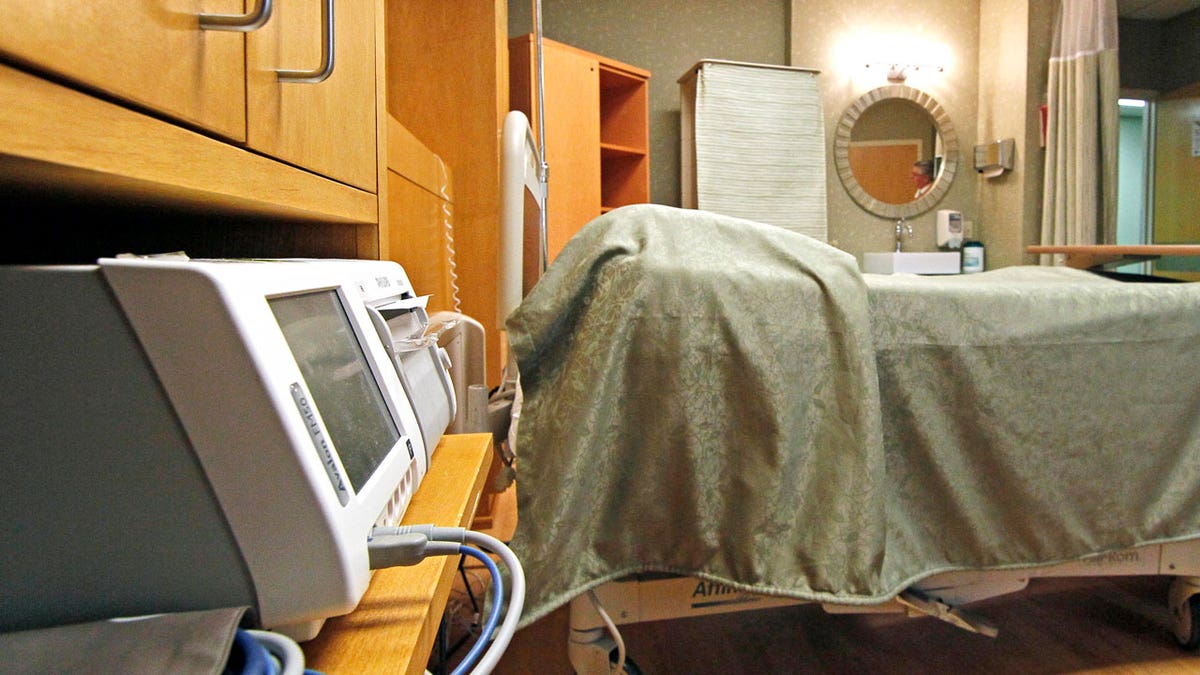Fox News Flash top headlines for May 2
Fox News Flash top headlines are here. Check out what's clicking on Foxnews.com.
U.S. pregnancy-related deaths have fallen back to pre-pandemic levels, new government data suggests.
About 680 women died last year during pregnancy or shortly after childbirth, according to provisional CDC data. That’s down from 817 deaths in 2022 and 1,205 in 2021, when it was the highest level in more than 50 years.
COVID-19 seems to be the main explanation for the improvement, said Donna Hoyert, a Centers for Disease Control and Prevention maternal mortality researcher.
US BIRTHS SAW NOTABLE DECREASE IN 2023, MARKING END TO LATE PANDEMIC REBOUND, EXPERTS SAY
The coronavirus can be particularly dangerous to pregnant women. And, in the worst days of the pandemic, burned out physicians may have added to the risk by ignoring pregnant women’s worries, experts say.
Fewer death certificates are mentioning COVID-19 as a contributor to pregnancy-related deaths. The count was over 400 in 2021 but fewer than 10 last year, Hoyert said.
The agency on Thursday released a report detailing the final maternal mortality data for 2022. It also recently released provisional data for 2023. Those numbers are expected to change after further analysis — the final 2022 number was 11% higher than the provisional one. Still, 2023 is expected to end up down from 2022, Hoyert said.

A room in a Mississippi hospital maternity ward is seen on Oct. 11, 2012. In 2023, U.S. pregnancy-related deaths fell back to pre-pandemic levels, according to data released by the Centers for Disease Control and Prevention on May 2, 2024. (AP Photo/Rogelio V. Solis, File)
The CDC counts women who die while pregnant, during childbirth and up to 42 days after birth from conditions considered related to pregnancy. Excessive bleeding, blood vessel blockages and infections are leading causes.
There were about 19 maternal deaths for every 100,000 live births in 2023, according to the provisional data. That's in line with rates seen in 2018 and 2019.
But racial disparities remain: The death rate in Black moms is more than two-and-a-half times higher than that of white and Hispanic mothers.
"In the last five years we've really not improved on lowering the maternal death rate in our country, so there's still a lot of work to do," said Ashley Stoneburner, the March of Dimes' director of applied research and analytics.
The advocacy organization this week kicked off an education campaign to get more pregnant women to consider taking low-dose aspirin if they are at risk of preeclempsia — a high blood pressure disorder that can harm both the mother and baby.
CLICK HERE TO GET THE FOX NEWS APP
There are other efforts that may be helping to lower deaths and lingering health problems related to pregnancy, including stepped-up efforts to fight infections and address blood loss, said Dr. Laura Riley, a New York City-based obstetrician who handles high-risk pregnancies.
But there's a risk that those kinds of improvements are being offset by a number of factors that may reduce the ability of women to get medical care before, during and after a birth, she said. Experts say the list includes the closure of rural hospitals and a 2022 U.S. Supreme Court decision that did away with the federally established right to abortion — and contributed to physician burnout by causing doctors to feel constrained about providing care during pregnancy-related medical emergencies.
"I think there’s good news. We’re making strides in certain areas," said Riley, head OB-GYN at Weill Cornell Medicine. "But the bad news and scary news is ... there are these other political and social forces that make this (reducing maternal deaths) difficult."




















